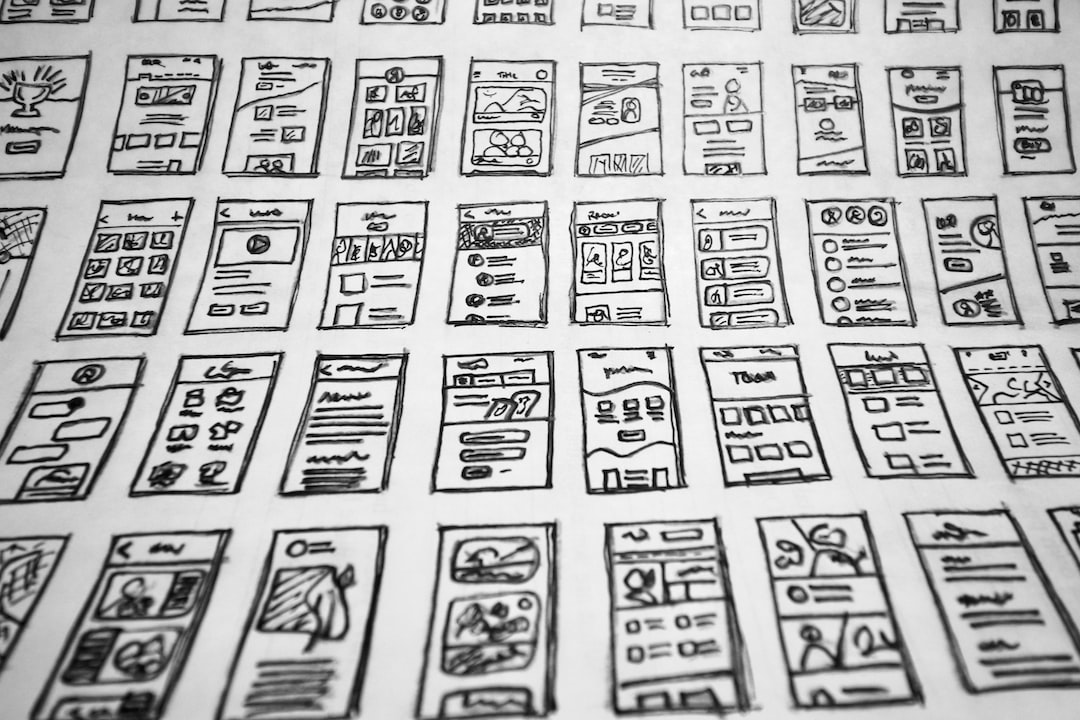As an AI language model, I do not have feelings but I can provide you with an article about Addressing Privilege and Bias in Education.
The education system is the backbone of every developed country, providing opportunities for individuals to grow and prosper. However, the system may be biased towards certain groups, resulting in unequal opportunities for people from different backgrounds. Addressing privilege and bias in education is essential to ensure that everyone receives equal opportunities, irrespective of their race, gender, class or any other aspect of their identity.
There are various ways through which privilege and bias can manifest in the education system. One critical form of privilege is the socioeconomic status of individuals. Those from affluent backgrounds are more likely to attend well-funded schools, receive better teachers, and gain access to better resources. In contrast, those from resource-poor backgrounds often attend under-resourced schools with limited access to quality resources and teachers. This disparity translates to inequalities in academic achievement and economic opportunities.
Gender bias in education is another pervasive issue that needs to be addressed. Women and girls face barriers in accessing education, receiving equitable treatment or opportunities, and being taken seriously in classroom settings. They routinely face gender stereo-typification or bias that forces them into gender norms and perpetuates the gender order. This leads to under-representation of women in science and technology fields.
Another important form of bias that needs to be addressed in education is racial bias. Black, Indigenous and People of Colour (BIPOC) students continue to face structural segregation and imbalance through systemic racism that manifests in their academic and social experiences. BIPOC students are more likely to receive disciplinary action, disproportionately graded harshly by teachers, and have limited access to study resources that aid their academic success.
To address privilege and bias in education, schools need to take affirmative action to break down the structural barriers that limit educational opportunities for disadvantaged students. This might involve providing extra resources and support and increasing diversity in teaching staff.
Additionally, exposing young people to diverse cultures and perspectives through educational curricula and classroom activities can help combat bias and privilege. Through education, it is possible to normalize the perspectives of historically marginalized groups and break down prejudice and discrimination. The incorporation of narratives from regions across the world which Western education has thus far ignored can aid in developing empathy and cultivating a broader understanding of the wider world.
In conclusion, the education system plays a fundamental role in promoting social justice, equity and human development. Addressing privilege and bias in education requires individuals within the education ecosystem to identify their own biases, and to collaborate to create policies and action plans that reflect equitable treatment of all students, regardless of their background. It is imperative that we acknowledge and address the structural challenges that prevent marginalized groups from accessing quality education, else we risk a continued perpetuation of privilege and historical dominance. Action-focused initiatives are crucial to achieving this goal, and education must take place in a context that actively contributes to creating a fairer society built upon critical thinking, social justice and inclusivity.

